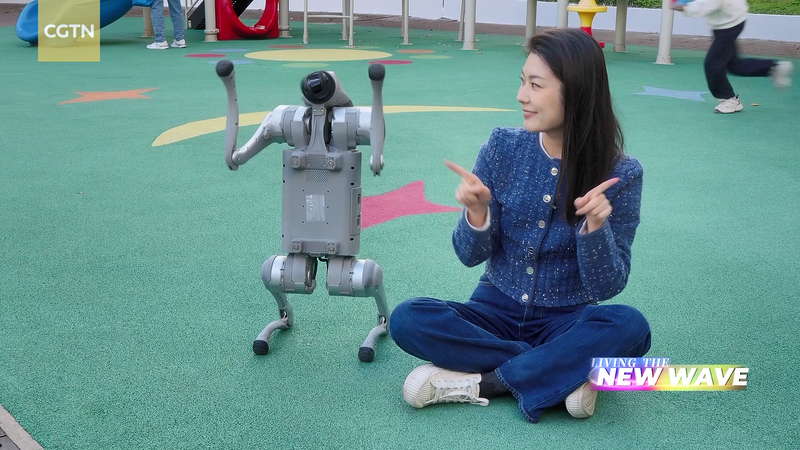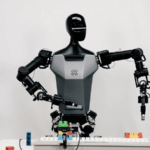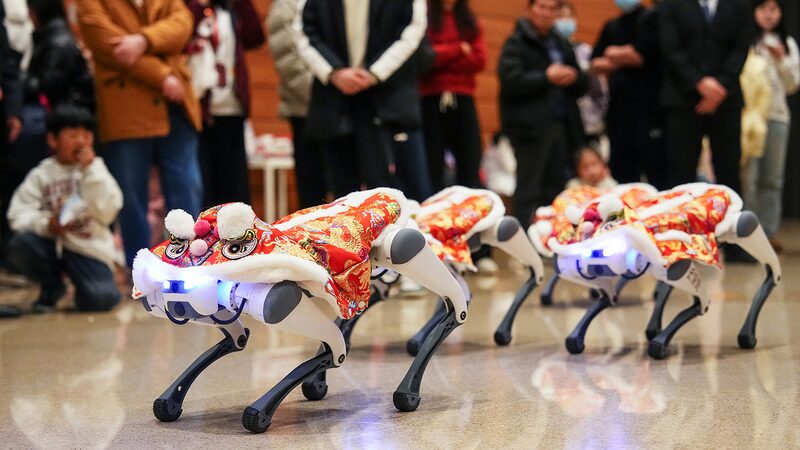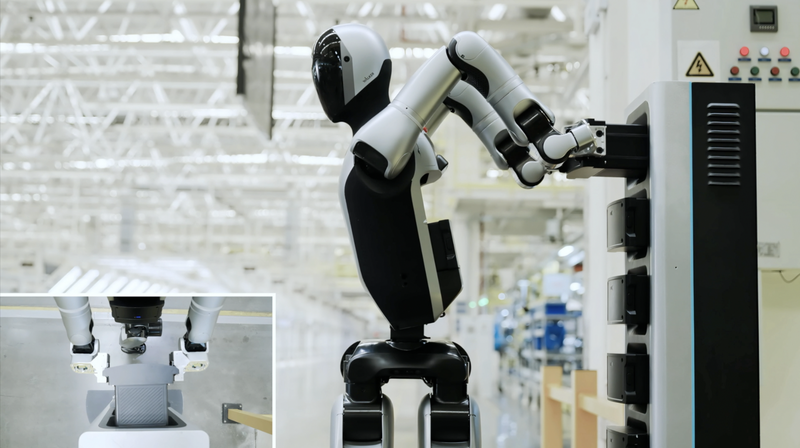In Shanghai's smart neighborhoods, residents now greet robot dogs during morning walks. At Beijing tech hubs, holographic assistants remind professionals of meetings while analyzing their stress levels. Across Asia, artificial intelligence is evolving beyond tools into companions – reshaping how millions live, work, and connect in 2025.
The New Face of Connection
This year's Consumer Electronics Show Asia highlighted over 120 AI companion prototypes, ranging from therapeutic plush toys detecting anxiety through biometric sensors to avatar systems using large language models to simulate conversation. Market analysts project the Asia-Pacific emotional AI sector to reach $8.3 billion by Q3 2026, with China's mainland accounting for 41% of production.
Beyond Novelty: Practical Adoption
Hospitals in Tokyo and Singapore now deploy companion robots for elderly care, while Shanghai's AI-powered virtual teachers assist in language tutoring. “These technologies address real societal needs,” says Dr. Lin Wei of Tsinghua University’s AI Ethics Center. “From combating loneliness to enhancing education, we’re seeing responsible implementation guided by human-centered design principles.”
Cultural Considerations
Manufacturers emphasize localization – holograms in Jakarta markets speak regional dialects, while Hong Kong’s companion apps integrate feng shui principles. Cross-strait tech collaborations have yielded innovations like Taipei-developed emotion-recognition chips now used in Shenzhen’s educational robots.
The Road Ahead
As regulatory frameworks develop across ASEAN and East Asia, 2025 marks a pivotal year for establishing ethical standards. With major developments expected at December’s World AI Conference in Hangzhou, the conversation continues balancing technological potential with human values.
Reference(s):
From plush toys to holograms: The growing world of AI companionship
cgtn.com








